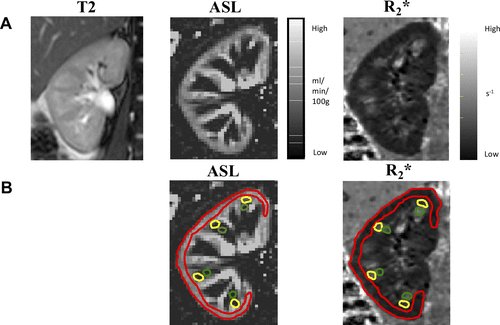Numerous conditions are known to cause renal injury, including diabetes, hypertension, autoimmune diseases and infections. Until now, imaging diagnostics of renal function were often performed using invasive techniques with methods based on ionizing radiation.
“MRI is a non-ionizing imaging modality undergoing fast development. A number of noninvasive MRI techniques now make it possible to study different aspects of renal physiology,” said corresponding researcher Per Eckerbom, MD, of Uppsala University Hospital in Sweden. “MRI scans combining multiple of these noninvasive techniques provide a lot of important information.”
Researchers believe the noninvasive MRI techniques used in this study will be a powerful tool of the future to detect renal disease at an early stage and to develop better treatments. Understanding circadian variations and possible differences between the sexes is one key to do so.
Read the full article, “Circadian variation in renal blood flow and kidney function in healthy volunteers monitored with noninvasive magnetic resonance imaging,” published in the American Journal of Physiology-Renal Physiology. It is highlighted as one of this month’s “best of the best” as part of the American Physiological Society’s APSselect program. Read all of this month’s selected research articles.
NOTE TO JOURNALISTS: To schedule an interview with a member of the research team, please contact the APS Communications Office or call 301.634.7314. Find more research highlights in our Newsroom.
Physiology is a broad area of scientific inquiry that focuses on how molecules, cells, tissues and organs function in health and disease. The American Physiological Society connects a global, multidisciplinary community of more than 10,000 biomedical scientists and educators as part of its mission to advance scientific discovery, understand life and improve health. The Society drives collaboration and spotlights scientific discoveries through its 16 scholarly journals and programming that support researchers and educators in their work.


